The Enchanting Beauty of Butterflies.
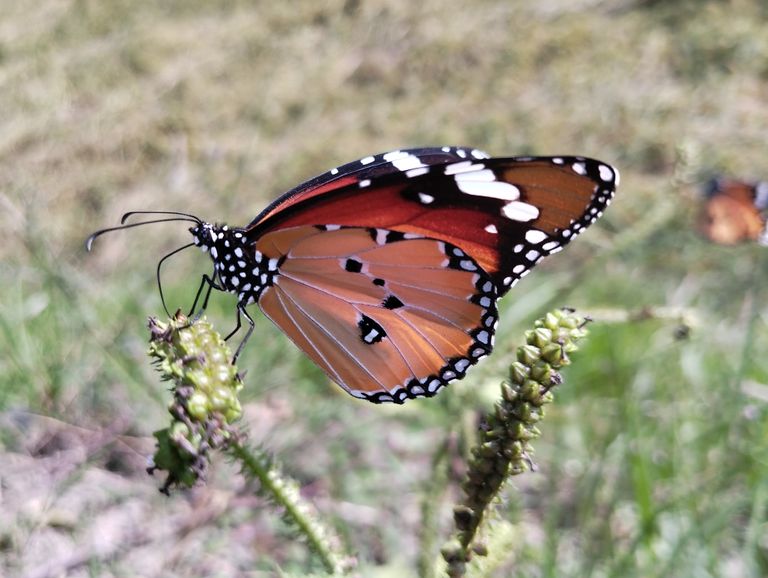
Butterflies, nature’s most delicate and vibrant creations, captivate the hearts of people worldwide. Their beauty transcends mere appearance; it embodies grace, freedom, and transformation. These tiny winged creatures play a vital role in ecosystems while also inspiring awe with their mesmerizing colors and patterns.
A Symphony of Colors
One of the most enchanting features of butterflies is their brilliant array of colors. Their wings, adorned with intricate designs, shimmer in hues ranging from fiery reds and oranges to calming blues and greens. This kaleidoscope of colors is not only a visual delight but also a result of microscopic scales on their wings that refract light. The dazzling patterns serve various purposes, including attracting mates, camouflage, and warding off predators.
Butterflies such as the Blue Morpho with its iridescent blue wings or the Monarch with its striking orange and black patterns exemplify nature’s artistry. Each butterfly species tells a unique story through its vivid palette, showcasing the extraordinary creativity of evolution.
A Symbol of Transformation
Butterflies are universally recognized as symbols of transformation and renewal. Their life cycle, comprising the stages of egg, caterpillar, chrysalis, and adult, is a profound reminder of life’s ever-changing nature. The metamorphosis of a caterpillar into a butterfly is a miracle that continues to inspire poets, artists, and dreamers.
This transformation also carries spiritual significance in many cultures. For instance, in some traditions, butterflies are seen as messengers of the soul, representing hope, change, and the fleeting nature of life.
Gentle Architects of Nature
Beyond their visual charm, butterflies play a crucial role in maintaining ecological balance. As pollinators, they assist in the reproduction of many flowering plants, helping sustain biodiversity. While bees are often celebrated for this role, butterflies, with their long proboscis, can access nectar in deep flowers, ensuring even specialized plants thrive.
Moreover, their presence in an ecosystem is an indicator of environmental health. Areas teeming with butterflies often signify a well-balanced, thriving habitat.
The Fragility of Beauty
Despite their resilience, butterflies are incredibly fragile creatures. Their short lifespan, typically ranging from a few weeks to a few months, is a poignant reminder of the impermanence of beauty. This vulnerability is further heightened by environmental threats such as habitat destruction, climate change, and pesticide use.
The decline of species like the Monarch Butterfly, which has faced significant population drops in recent years, underscores the need for conservation efforts. By planting butterfly-friendly gardens, reducing pesticide use, and supporting conservation programs, we can ensure these delicate creatures continue to enchant future generations.
Butterflies in Art and Culture
Butterflies have been a recurring motif in art, literature, and culture throughout history. In Japanese culture, they symbolize joy and marital happiness, while in Native American folklore, they are seen as carriers of dreams. Artists and writers often use butterflies as metaphors for freedom, fleeting beauty, and the transformative power of change.
From ancient paintings to modern photography, butterflies continue to inspire creative expression. Their presence in gardens, parks, and even urban spaces serves as a gentle reminder to pause and appreciate the small wonders of life.
Conclusion
The beauty of butterflies goes beyond their vibrant wings; it lies in their role as pollinators, symbols of change, and reminders of life’s fragility. Protecting these ethereal beings is not just about preserving their splendor but also about safeguarding the delicate web of life they represent.
By cherishing and conserving butterflies, we honor the intricate balance of nature and celebrate the profound beauty that these winged wonders bring into our lives.
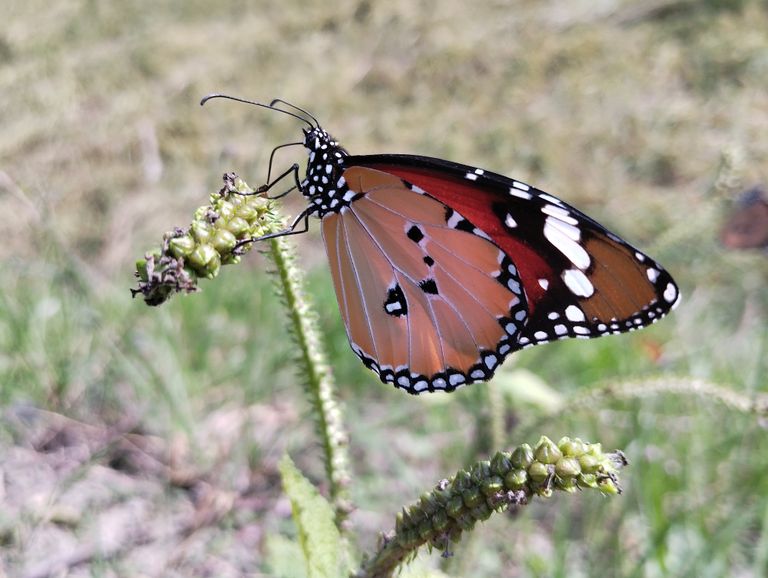
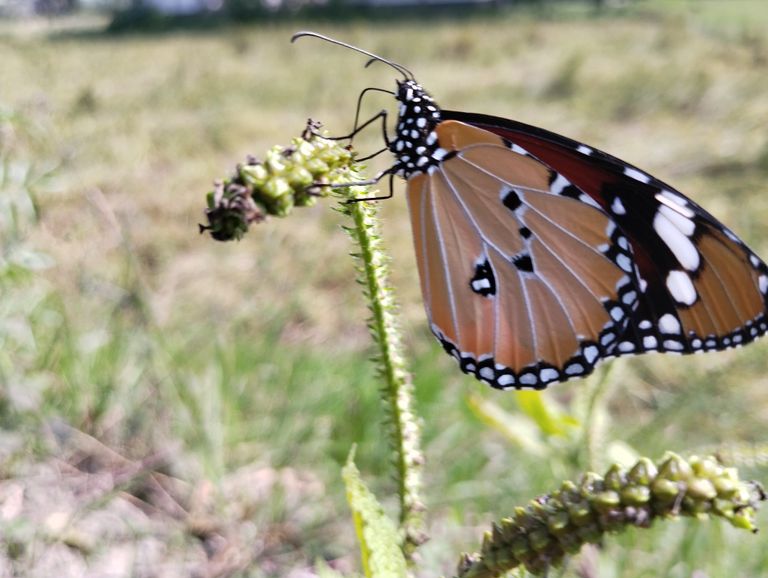
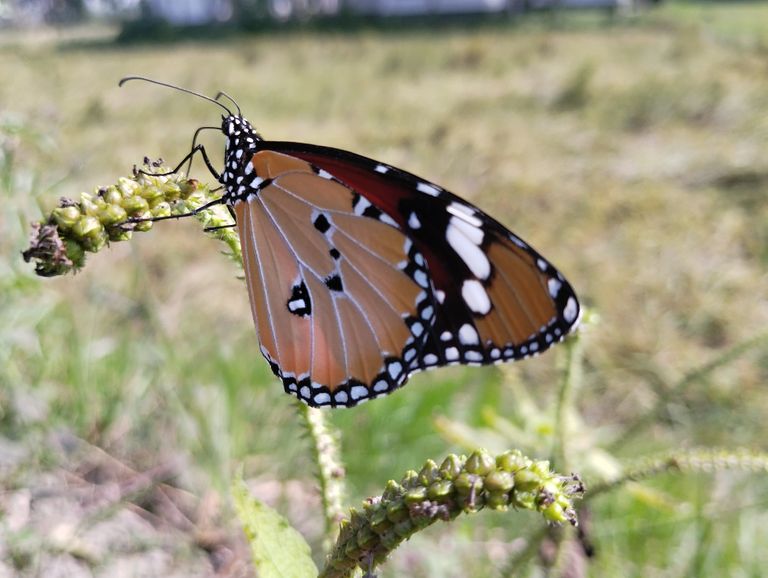
Butterflies: A Diverse World of Species
Butterflies, with their delicate wings and vibrant colors, are among nature’s most captivating creatures. Belonging to the order Lepidoptera, which also includes moths, butterflies have fascinated scientists and nature lovers alike for centuries. With over 18,000 species identified globally, these insects showcase a remarkable diversity in size, color, behavior, and habitat. In this blog, we’ll explore the fascinating world of butterfly species, their unique characteristics, and their ecological importance.
Classification of Butterflies
Butterflies are classified into several families under the Lepidoptera order. The primary families include:
- Papilionidae (Swallowtails)
Known for their large size and tail-like extensions on their hindwings, swallowtails are among the most elegant butterflies.
Example: The Common Mormon (Papilio polytes).
- Nymphalidae (Brush-footed Butterflies)
The largest family of butterflies, they include a wide range of species with diverse patterns.
Example: Monarch Butterfly (Danaus plexippus).
- Pieridae (Whites and Sulphurs)
Typically yellow, white, or orange in color, these butterflies are commonly seen in gardens and fields.
Example: Small White (Pieris rapae).
- Lycaenidae (Blues, Coppers, and Hairstreaks)
Small-sized butterflies with iridescent blue or copper wings, often found near shrubs.
Example: Common Blue (Polyommatus icarus).
- Hesperiidae (Skippers)
These butterflies have a moth-like appearance and are fast fliers.
Example: Silver-spotted Skipper (Epargyreus clarus).
- Riodinidae (Metalmarks)
Characterized by metallic spots on their wings, these butterflies are mostly found in tropical regions.
Example: Harlequin Metalmark (Anteros formosus).
Habitats and Distribution
Butterflies are found on every continent except Antarctica. They inhabit diverse ecosystems, from tropical rainforests and grasslands to deserts and alpine meadows. Some species, like the Monarch butterfly, are famous for their long migrations, traveling thousands of miles to find suitable breeding grounds.
Adaptations and Survival
Butterflies exhibit several adaptations that help them survive:
- Camouflage and Mimicry
Many species blend into their surroundings or mimic toxic species to avoid predators. For example, the Viceroy butterfly resembles the poisonous Monarch.
- Warning Colors
Bright colors in species like the Tiger Butterfly indicate their toxicity, deterring predators.
- Wing Patterns
Eyespots on wings can startle predators or divert their attacks away from vital body parts.
Role in Ecosystems
Butterflies play an essential role in maintaining ecological balance:
Pollination: Like bees, butterflies help in pollinating flowers, ensuring the reproduction of many plants.
Food Chain: They serve as prey for birds, reptiles, and other insects, contributing to biodiversity.
Environmental Indicators: Their presence or absence can indicate the health of an ecosystem.
Threats to Butterflies
Despite their resilience, butterflies face numerous threats:
- Habitat Loss
Urbanization and deforestation have significantly reduced their habitats.
- Climate Change
Rising temperatures and unpredictable weather patterns disrupt their life cycles.
- Pesticides
The widespread use of chemicals in agriculture harms butterfly populations.
- Pollution
Air and water pollution negatively impact the growth and survival of caterpillars and adult butterflies.
Conservation Efforts
To protect these beautiful insects, several conservation measures have been initiated:
- Habitat Restoration
Reforestation and the creation of butterfly gardens help provide safe spaces for them.
- Awareness Campaigns
Educating communities about the importance of butterflies promotes their protection.
- Legal Protection
Many countries have laws to safeguard endangered butterfly species and their habitats.
- Research and Monitoring
Tracking butterfly populations helps in understanding their challenges and devising solutions.
Conclusion
Butterflies, with their unparalleled beauty and ecological significance, are an integral part of our natural world. However, their survival is increasingly threatened by human activities and environmental changes. By taking steps to conserve their habitats and understanding their role in nature, we can ensure that future generations continue to enjoy the magic of these fluttering jewels.
Let’s pledge to protect butterflies and the biodiversity they represent, reminding ourselves that even the smallest creatures play a crucial role in the grand tapestry of life.
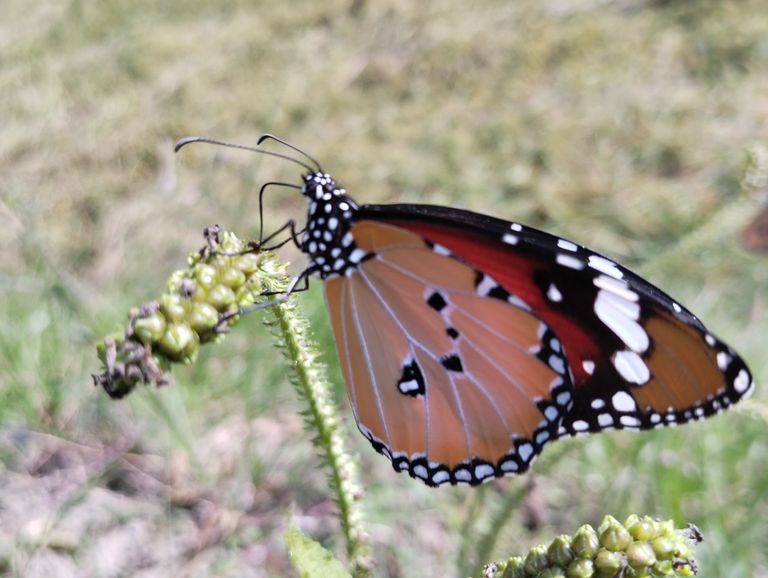

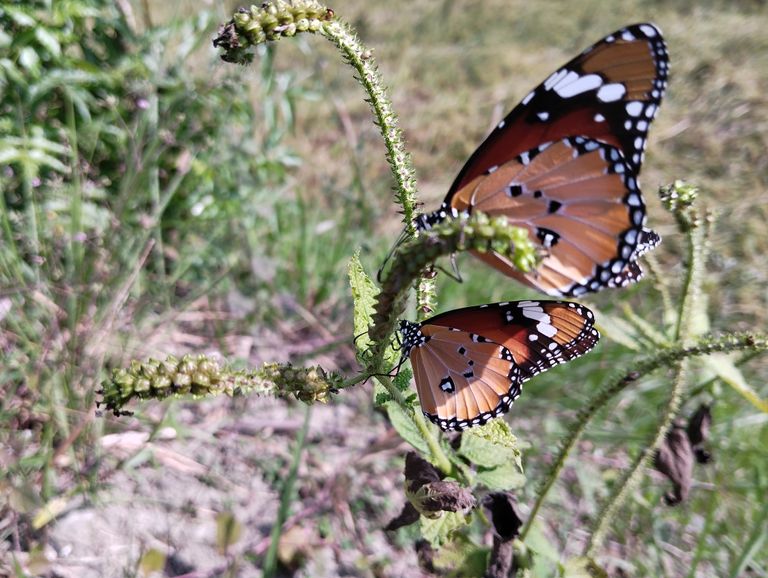
Butterflies: A Different Universe of Animal varieties
Butterflies, with their sensitive wings and dynamic tones, are among nature's most enrapturing animals. Having a place with the request Lepidoptera, which likewise incorporates moths, butterflies have interested researchers and nature sweethearts the same for quite a long time. With north of 18,000 species recognized universally, these bugs feature a wonderful variety in size, variety, conduct, and environment. In this blog, we'll investigate the entrancing universe of butterfly species, their novel attributes, and their biological significance.
Arrangement of Butterflies
Butterflies are grouped into a few families under the Lepidoptera request. The essential families include:
- Papilionidae (Swallowtails)
Known for their huge size and tail-like augmentations on their hindwings, swallowtails are among the most rich butterflies.
Model: The Normal Mormon (Papilio polytes).
- Nymphalidae (Brush-footed Butterflies)
The biggest group of butterflies, they incorporate a great many animal varieties with different examples.
Model: Ruler Butterfly (Danaus plexippus).
- Pieridae (Whites and Sulphurs)
Regularly yellow, white, or orange in variety, these butterflies are generally found in nurseries and fields.
Model: Little White (Pieris rapae).
- Lycaenidae (Blues, Coppers, and Hairstreaks)
Little measured butterflies with radiant blue or copper wings, frequently tracked down close to bushes.
Model: Normal Blue (Polyommatus icarus).
- Hesperiidae (Captains)
These butterflies have a moth-like appearance and are quick fliers.
Model: Silver-spotted Captain (Epargyreus clarus).
- Riodinidae (Metalmarks)
Described by metallic spots on their wings, these butterflies are generally tracked down in tropical districts.
Model: Harlequin Metalmark (Anteros formosus).
Territories and Dissemination
Butterflies are tracked down on each landmass aside from Antarctica. They occupy different biological systems, from tropical rainforests and fields to deserts and high glades. A few animal categories, similar to the Ruler butterfly, are well known for their long relocations, venturing out a great many miles to track down reasonable favorable places.
Transformations and Endurance
Butterflies show a few variations that assist them with making due:
Disguise and Mimicry
Numerous species mix into their environmental factors or copy harmful species to keep away from hunters. For instance, the Emissary butterfly looks like the toxic Ruler.Cautioning Tones
Splendid tones in species like the Tiger Butterfly demonstrate their poisonousness, discouraging hunters.Wing Examples
Eyespots on wings can frighten hunters or redirect their assaults from essential body parts.
Job in Biological systems
Butterflies assume a fundamental part in keeping up with natural equilibrium:
Fertilization: Like honey bees, butterflies help in pollinating blossoms, guaranteeing the generation of many plants.
Natural pecking order: They act as prey for birds, reptiles, and different bugs, adding to biodiversity.
Ecological Pointers: Their presence or nonattendance can show the wellbeing of an environment.
Dangers to Butterflies
In spite of their flexibility, butterflies face various dangers:
Living space Misfortune
Urbanization and deforestation have essentially decreased their living spaces.Environmental Change
Increasing temperatures and flighty weather conditions disturb their life cycles.Pesticides
The far and wide utilization of synthetic compounds in horticulture hurts butterfly populaces.Contamination
Air and water contamination adversely influence the development and endurance of caterpillars and grown-up butterflies.
Preservation Endeavors
To safeguard these delightful bugs, a few protection measures have been started:
Living space Reclamation
Reforestation and the making of butterfly gardens assist with giving places of refuge to them.Mindfulness Missions
Instructing people group about the significance of butterflies advances their security.Legitimate Security
Numerous nations have regulations to defend imperiled butterfly species and their environments.Examination and Observing
Following butterfly populaces helps in grasping their difficulties and conceiving arrangements.
End
Butterflies, with their unrivaled magnificence and biological importance, are an essential piece of our regular world. Notwithstanding, their endurance is progressively undermined by human exercises and ecological changes. By doing whatever it may take to save their living spaces and understanding their part in nature, we can guarantee that people in the future keep on partaking in the sorcery of these .
Congratulations, your post has been upvoted by @dsc-r2cornell, which is the curating account for @R2cornell's Discord Community.
Enhorabuena, su "post" ha sido "up-voted" por @dsc-r2cornell, que es la "cuenta curating" de la Comunidad de la Discordia de @R2cornell.
Nice photography.